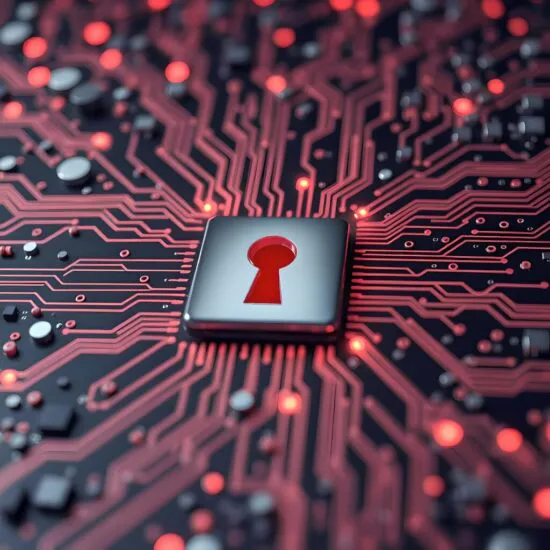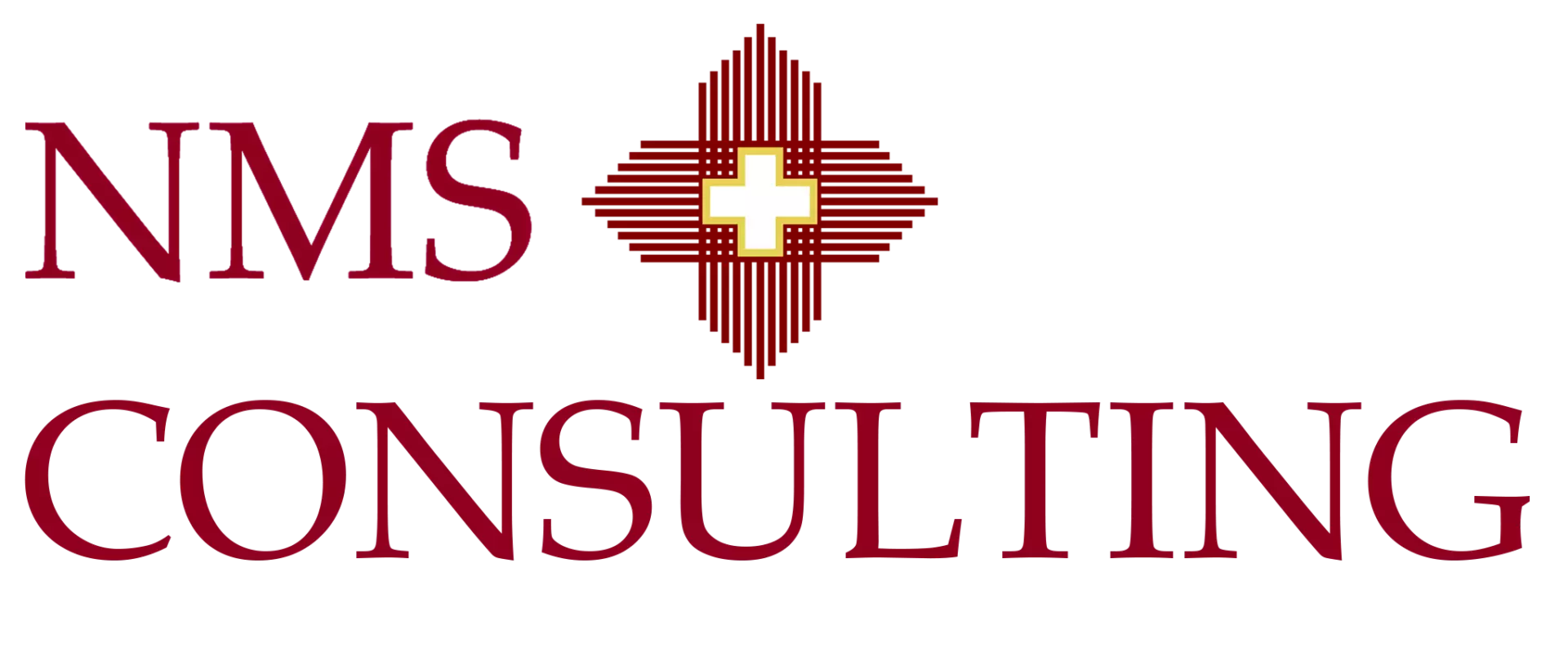Cyber Security and Privacy: Working Together to Protect Data

Cyber security and privacy are often mentioned together, and for good reason. Cyber security protects systems and data from attack and misuse. Privacy sets rules for how personal information is collected, used, and shared. When these areas are handled together, organizations are better able to protect people, meet legal requirements, and keep digital projects on track.
Cyber security and privacy basics
Cyber security is the set of policies, processes, and tools that protect networks, systems, and data from attacks or accidental harm. Privacy is about how personal data is handled throughout its life, from collection and storage to use and deletion. Together, cyber security and privacy decide both how strong your technical defenses are and how fairly you treat the people whose data you hold.
For many organizations, this combined view appears in dedicated programs such as Cybersecurity and Data Privacy Services and Data Privacy Consulting for Operational Compliance, which connect security controls with privacy rules and day to day operations.
Differences between cyber security and privacy
Cyber security and privacy overlap but do not mean the same thing. Understanding the difference helps when assigning roles and designing programs.
- Cyber security focuses on confidentiality, integrity, and availability of data and systems. This includes topics such as network protection, identity and access management, detection, and incident response.
- Privacy focuses on people and rights. It governs which personal data is collected, why it is processed, how long it is kept, and who it is shared with.
- Security failures often show up as breaches or service outages. Privacy failures can occur even when systems are secure, for example when an organization collects more data than needed or uses it in ways that were never explained.
NMS Consulting explains how these areas connect in resources such as What Does a Data Privacy Consultant Do, where cyber security is described as a partner to privacy rather than a separate topic.
Why cyber security and privacy belong together
When cyber security and privacy are managed as separate efforts, gaps appear. Security teams may protect systems but may not be fully aware of legal duties around personal data. Legal and privacy teams may write policies that are difficult to apply in daily operations. Bringing the topics together helps close these gaps.
Benefits of a joined approach include more focused protection for the data that matters most, clearer roles and handoffs between security and privacy teams, better support for digital projects that rely on personal data, and stronger evidence for regulators, auditors, and customers that you treat information carefully.
NMS Consulting covers this joint view in guidance such as Cyber Security and Data Protection: Practical Guide for Business Leaders and Management Consultants Fortifying Cybersecurity and Data Privacy Compliance, which show how combined programs can be planned and run.
Common threats to cyber security and privacy
Cyber security and privacy programs need to handle a broad mix of risks. Some are clearly technical. Others relate to people, partners, or process design.
- Phishing and social engineering that trick staff into sharing credentials or information.
- Malware and ransomware that encrypt or exfiltrate data.
- Vulnerabilities in systems and applications that attackers can use to gain access.
- Weak access control or shared accounts that make it hard to see who did what.
- Excessive collection or retention of personal data, which increases the impact when incidents occur.
- Vendors and partners with lower security and privacy standards than your own.
Articles such as Why Cybersecurity Awareness Matters for Business Success and The Human Error in Cybersecurity highlight that people and process decisions are just as important as technology when managing these risks.
Practical controls for cyber security and privacy
Good cyber security and privacy programs rely on a mix of technical, organizational, and legal controls. While the details vary by sector, several measures appear in most mature programs.
- Access and identity management that gives users only the access they need for their roles.
- Encryption for sensitive data at rest and in transit, supported by strong key management.
- Data mapping and records that show what personal data you hold, where it is stored, and who uses it.
- Clear retention and deletion rules so data is not kept longer than necessary.
- Vendor and third party risk reviews that cover both security controls and privacy duties.
- Regular testing of incident response, including privacy impact and regulatory reporting steps.
NMS Consulting’s Cybersecurity and Data Privacy and Data Privacy Consulting for Operational Compliance pages describe how these controls are planned and implemented in practice, including AI related data governance.
Laws and standards that shape cyber security and privacy
Cyber security and privacy work is guided by a mix of general privacy laws, security rules, and sector standards. Organizations need to understand which obligations apply to them and how those obligations translate into specific measures.
For privacy, key examples include the EU General Data Protection Regulation, the California Consumer Privacy Act, and the California Privacy Rights Act. Security related duties also appear in industry rules and in customer contracts. NMS Consulting’s article Data Privacy and Cybersecurity Regulations Introduction explains how these laws influence program design and reporting duties.
Organizations often align their cyber security and privacy work with recognized standards and audits, such as ISO standards or security attestation reports. Guides such as IT Compliance Consulting: Security, Risk and Governance and What Is a Compliance Consultant show how this can be approached in a structured way.
Building a culture that supports security and privacy
Technology is only one part of cyber security and privacy. Staff behavior, leadership messages, and daily routines all influence how well programs work. Training that focuses on real situations, clear ways to report concerns, and visible support from senior leaders all make a difference.
Useful moves include regular awareness sessions targeted by role, simple guidance on topics such as password use, reporting of suspicious emails, and handling of personal data, and including security and privacy checks in project and vendor reviews rather than treating them as add ons at the end.
NMS Consulting’s material on Leadership and Organizational Culture explains how leadership behavior shapes culture, while cybersecurity articles show how that ideas apply to protection of information.
How NMS Consulting supports cyber security and privacy
NMS Consulting helps clients design and run cyber security and privacy programs that fit their size, sector, and risk profile. The firm’s teams combine privacy and security specialists with digital, risk, and transformation advisers to connect controls with business goals.
Support can include assessments and roadmaps, policy and control design, program build and project delivery, preparation for audits and regulator contact, and incident planning and response. Related service pages include Cybersecurity and Data Privacy, Data Privacy Consulting for Operational Compliance, Digital and Technology, and Core Consulting Services.
FAQ on cyber security and privacy
- Is privacy part of cyber security, or is it separate?
- Privacy and cyber security are separate topics that influence each other. Privacy sets rules for how personal data is handled. Cyber security provides the technical and operational controls that help meet those rules. Treating them as linked but distinct areas helps clarify roles and duties.
- Do smaller organizations need formal cyber security and privacy programs?
- Yes. Smaller firms often hold sensitive customer and employee data and can be attractive targets for attackers. They may not need the same scale of tooling as large enterprises, but they still need basic measures and clear policies.
- How often should we review our cyber security and privacy posture?
- Many organizations run at least one formal review each year, and additional reviews when major changes occur such as new systems, acquisitions, or new laws. Ongoing monitoring and shorter check ins help keep programs current between major reviews.
- Who should own cyber security and privacy inside the organization?
- Ownership depends on size and sector. Many firms appoint a chief information security officer, a data protection or privacy officer, and senior sponsors on the executive team. What matters most is that roles are clear and that security and privacy teams work closely together.
- What is the first step if we are just starting with cyber security and privacy improvements?
- A practical first step is to map the most important data, systems, and services, and then assess current controls around them. From there you can define a short list of actions that reduce risk quickly and build toward a longer program.



